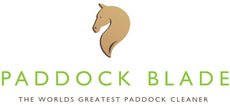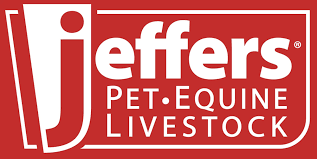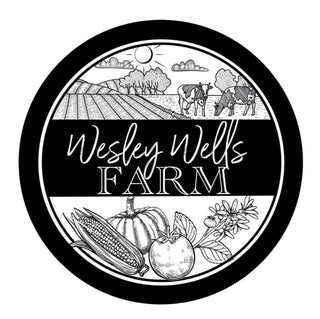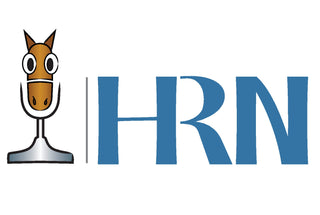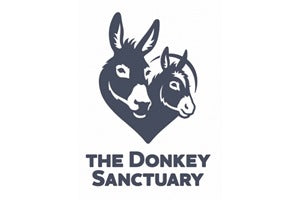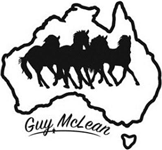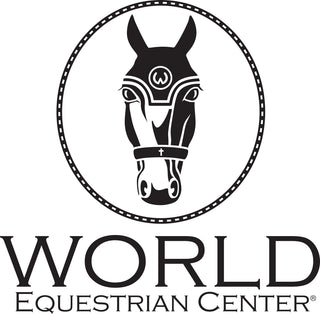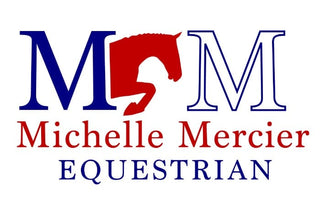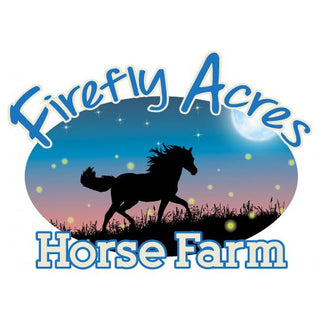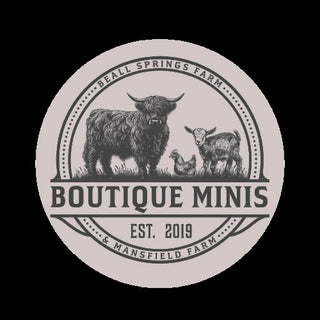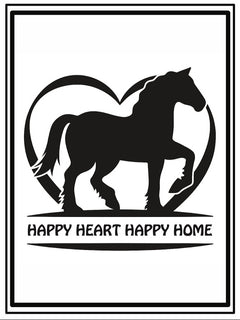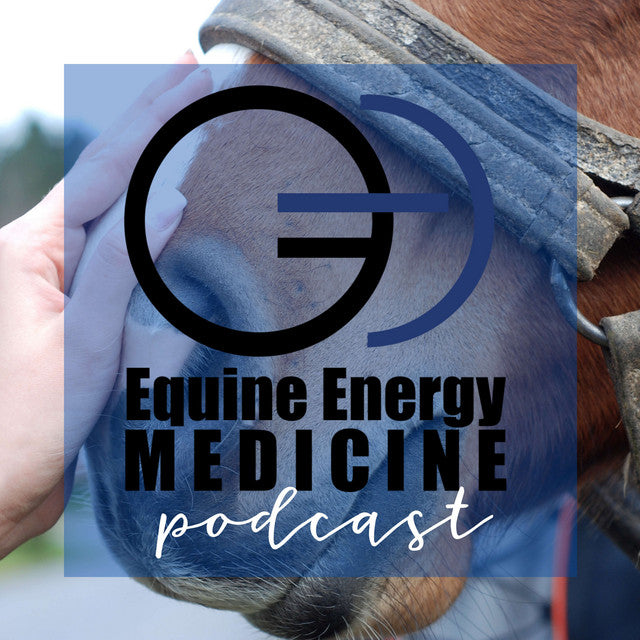Introduction
Bringing home your first horse is an unforgettable moment. Along with the excitement comes the responsibility of building a paddock that keeps your horse safe, clean, and happy. A well-planned paddock design supports your horse’s wellbeing and makes daily care easier for you. From fencing and footing to shade, water, and cleaning routines, every detail matters.
Creating the right layout from the start helps prevent mud, crowding, and injuries. It also ensures that your paddock is easy to maintain year-round. Let’s look at how to set up a space that both you and your horse will love.

Installing Safe and Secure Fencing
Fencing is one of the most important parts of a horse paddock design. It defines the space, protects your horse, and helps you manage movement safely. Good fencing should be strong, visible, and free from sharp edges. Many owners prefer wooden post and rail fencing because it is sturdy and easy to see. Electric tape or rope can be added for extra safety and to discourage leaning.
Avoid barbed wire, as it can cause serious injuries. Fences should stand at least one point four to one point five metres high for adult horses, with rounded corners that prevent trapping. Gates should swing freely, close securely, and be wide enough for vehicles or equipment.
When planning your horse paddock layout, make sure there is enough space for tractors or efficient paddock cleaning equipment to pass through easily. This helps you keep manure under control and makes pasture work far simpler.
How much land do I need per horse in a paddock?
Most experts recommend one to two acres per horse, depending on soil quality, drainage, and access to pasture. If you want to plan your maintenance costs and time investment, try the paddock cleaning cost calculator to see how different paddock sizes affect upkeep.
Preparing Ground and Footing
The ground under your horse’s hooves is the foundation of a safe paddock. Good footing prevents mud, provides traction, and keeps hooves healthy. Hard or slippery surfaces can lead to injuries, while deep mud increases the risk of thrush and soft tissue strain.
Before your horse arrives, check that the paddock drains properly. A gentle slope allows water to flow away, while compacted gravel covered with coarse sand creates a surface that stays firm and dry. In areas with clay soil, improving drainage with gravel or crushed rock will make a huge difference.
What’s the difference between a paddock and a pasture?
A paddock is a smaller exercise area designed for turnout, while a pasture is used mainly for grazing. Because paddocks see heavier use, they need stronger footing and more frequent cleaning.
How do I keep a paddock from getting muddy?
Remove manure often, maintain proper drainage, and reinforce high traffic spots with mats or gravel. Regular cleaning with tools like the Paddock Blade, which is part of efficient paddock cleaning equipment, keeps your footing in top condition.
For waste management, you can compost horse manure effectively and recycle it as fertiliser later. You can also use the paddock cleaning cost calculator to plan your routine based on your paddock size.
Providing Shelter and Shade
A well-designed shelter protects your horse from the elements all year round. It should face away from prevailing winds and provide enough room for every horse to stand comfortably.
Popular horse paddock shelter designs include:
-
Three-sided run ins that protect from rain and sun
-
Loafing sheds for larger herds
-
Tree belts that provide natural shade in summer
What’s the best low-maintenance shelter option?
A three-sided run in shed built from treated timber or steel is ideal. Position it on raised gravel or compacted ground so rainwater drains away. This keeps the area dry and easier to maintain.
Ensuring Access to Water and Feed
Your horse needs constant access to clean, fresh water. Place troughs in shaded areas to reduce algae growth and evaporation. Check them daily and clean them at least once a week. If you use automatic waterers, test them regularly to make sure they are working correctly.
Feeders and hay racks should be placed on firm ground, away from gates and water sources, to prevent crowding and mud. Move feeding areas occasionally to keep the ground in good shape.
Before colder months arrive, plan ahead by preparing paddocks for winter. Check that troughs, shelters, and feeding zones are ready for wet or cold weather before conditions make repairs difficult.

Pasture and Forage Management
Pasture management is vital to keeping your paddock productive and safe. Avoid overgrazing, which damages grass and creates bare patches. Rotate horses between paddocks to let grass recover and to break up parasite cycles.
If you have enough space, try a paddock paradise layout, which encourages horses to move naturally by creating a loop or track around the field. This setup reduces boredom, keeps horses fit, and limits overgrazing in central areas. Even on small properties, you can adapt the same idea with smaller tracks.
You can also calculate paddock maintenance costs to plan your upkeep and long term care budget.
Keeping Your Paddock Clean and Low Maintenance
A clean paddock supports better horse health and makes your property look more professional. Manure should be removed at least two to three times per week, and daily in smaller paddocks. This prevents parasites, reduces flies, and keeps the footing strong.
Using the Paddock Blade saves time and effort. It glides easily over different surfaces and collects manure efficiently, even on uneven ground. For new horse owners, it turns an exhausting job into a quick daily habit that keeps the paddock safe and tidy.
You can explore more efficient paddock cleaning equipment to make your cleaning routine as simple as possible.
FAQs
How much land do I need for one horse in a paddock?
Usually one to two acres per horse, depending on your soil and pasture quality.
Can I build a paddock on sloped or rocky ground?
Yes, as long as you improve drainage and use suitable footing like gravel or sand to create a safe surface.
What’s the difference between a paddock and a pasture?
A paddock is for turnout and exercise, while a pasture is for grazing. Paddocks need stronger footing and more maintenance.
How do I keep a paddock from getting muddy?
Maintain drainage, remove manure often, and reinforce high traffic areas.
What’s the best shelter for a low maintenance paddock?
A simple three sided run in shed with raised flooring is one of the easiest and most effective shelter options.
How often should I clean my paddock?
At least two or three times per week, or daily in smaller spaces, to prevent flies and parasites.
Conclusion
Setting up a clean, safe paddock for your first horse is one of the most rewarding parts of ownership. With thoughtful fencing, good footing, solid shelter, and smart feeding areas, your horse will stay comfortable and secure. Consistent maintenance is the final piece of the puzzle.
Using efficient paddock cleaning equipment like the Paddock Blade keeps paddock care simple, fast, and effective. Planning your layout, preparing proper footing, and cleaning regularly all work together to create a space where your horse can thrive for years to come.
